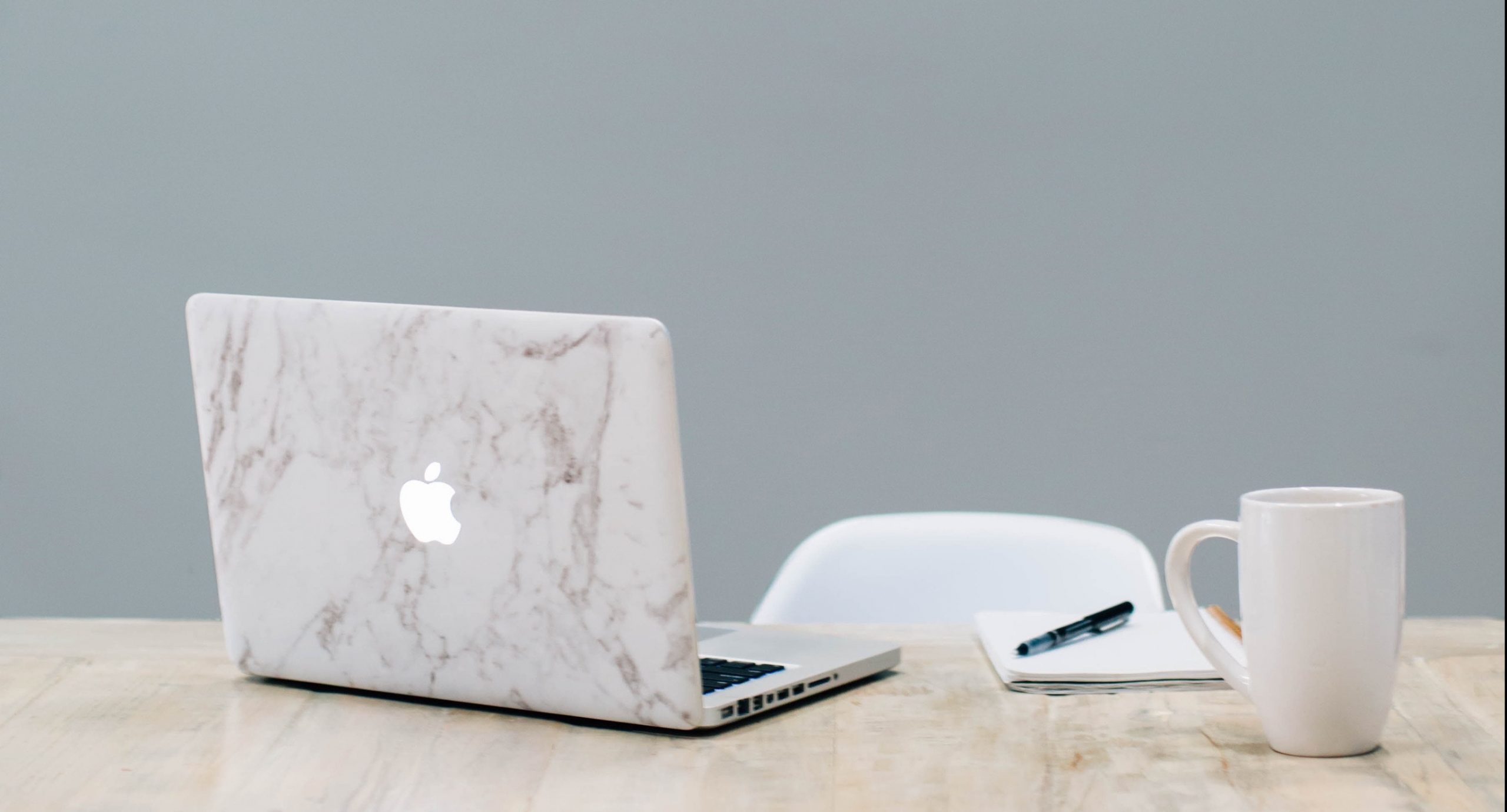5 Best Techniques for Minimalist Web Design
A wise man once said that simplicity is the ultimate form of sophistication and he was right on the nose. This saying rings so true in the modern realm of web design, where minimalist style reigns supreme. But, what does this style really represent and how to make the most of it? Well, in a nutshell, it revolves around stripping away all unnecessary elements and refining a few moving parts.
The goal is to avoid overwhelming the viewer, foster smooth navigation, and put the best face of the brand forward. And although the minimalist design may appear straightforward at the first glance, a lot of thought and creative effort goes into it. When you work with a small number of components, everything needs to fall together perfectly. So, here are some tried-and-true techniques to flash out your pages and captivate visitors.
A limited color palette
The color palette is an essential element that makes or breaks the design of any website. One of the biggest myths about minimalist style is that you have to stick to flat tones or monochromatic palette. There are so many examples that debunk these assumptions. They underline the role of texture in infusing your design with distinctive flavour and character. They also remind us that one can always complement texture with clean and flat colors.

Just keep the number of tones small— between one to three colors seems to be a sweet spot. Also, note that the absence of color in the form of negative space poses a conscious stylistic choice. These blank stretches of screen space actually balance out your design and let various other style choices enjoy breathing space. They make your web design appear sophisticated and easy on the eyes. Another benefit is that you are able to make an impact by contrasting negative space with bolder and darker elements.
Exploring relationships
Ditching complex visuals do not narrow down your design choices. In fact, it opens doors to new creative opportunities. Among other things, you have the chance to experiment with clever relationships between elements of your design. Some of these relationships can be hidden within words and shapes on the page, while others are more of a spatial nature. So, take your time to consider how interesting interaction can take place.
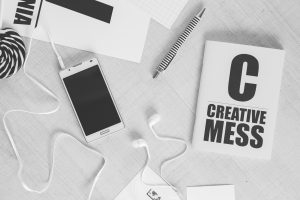
Play with positioning and composition until you hit the mark. Use the aspect of scale to your advantage, to direct viewer’s eye and attention. Create a sense of balance and avoid having different components fighting for attention. Ponder making good use of the grid system to bring structure and establish a hierarchy. The chief objective is to put together a user-friendly interface that is a breeze to navigate.
Get your focal points right
Every design needs centrepieces that grab and retain visitor’s attention. For instance, a minimalist brand mark is an excellent common thread you can use to tie up different facets of the style. It helps designers achieve the much-needed consistency. Here, you need to pay special attention to the look of the logo, a crown jewel of visual identity.
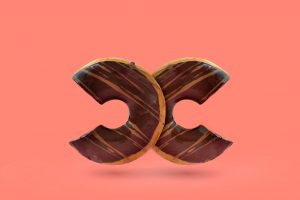
Great modern logos are irresistibly simple and easy to weave into digital real estate. Draw inspiration from leading agencies in the field of logo branding. Steer away from excess details like sudden color transitions and shadows. Introduce small yet impactful illustrative elements in order to keep things interesting. Finally, use special type to deliver a visual punch without having to implement heavier graphics and imagery.
Neat iconography
Get smart with iconography. Namely, icons are small elements people rely on every day when going about their online endeavours. They are effective tools for reducing the amount of text and type that needs to be present on the page. Moreover, they are functional staples that guide users throughout your website: they improve navigation and explain intent.
That is not to say they have to be too obvious and in user’s face. Many minimal designs actually hide navigation options to streamline visuals. One of the most famous examples is a stacked hamburger icon. When someone hovers over it, the icon expands to a full list of menu items or half-screen navigation menu. This solution is widely used across industries, especially when crafting a mobile user interface.
Fancy fonts
Bold fonts are one of the dominant trends making waves in the world of interior design. The beauty of it is that you can get your creative juices flowing as much as you like. After all, striking typography is supposed to make up for the rather sparse use of heavyweight elements like animations and imagery. Apart from this dash of aesthetic bliss, fonts also point out to what is important to visitors.
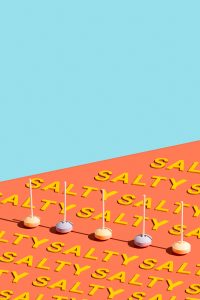
Using a very limited number of fonts is a good idea for those who mean to create a minimalist and functional design. And in case you are overwhelmed with choices, note that Sans Serif fonts are a safe bet. They look crisp and clean— nothing to dislike there. That being said, you should feel free to entertain other options. Just bear in mind that the fonts should also look good on smaller mobile screens. In the wake of seismic shifts like Google’s Mobile-First Indexing, this optimization is an absolute must.
Less is more
Like it or not, easily consumed minimalist design is stealing the design show. It is spreading across the great internet outdoors and users absolutely love it. I would also argue that this style is more than a passing fad. It has the aura of timeless charm around it. So, if you mean business, do away with visual clutter and noise. You can produce an eye-popping effect without going overboard.
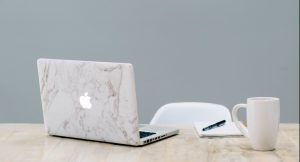
To make the magic happen, master the art of visual communication and storytelling. Be direct about your messages. Keep it simple, clear, and effective. Do not be afraid to break a few rules and set yourself apart from others. Remember that small adjustments go a long way towards boosting the appeal of your website. So, it is time to breathe new life into your brand and enthrall the viewer.

